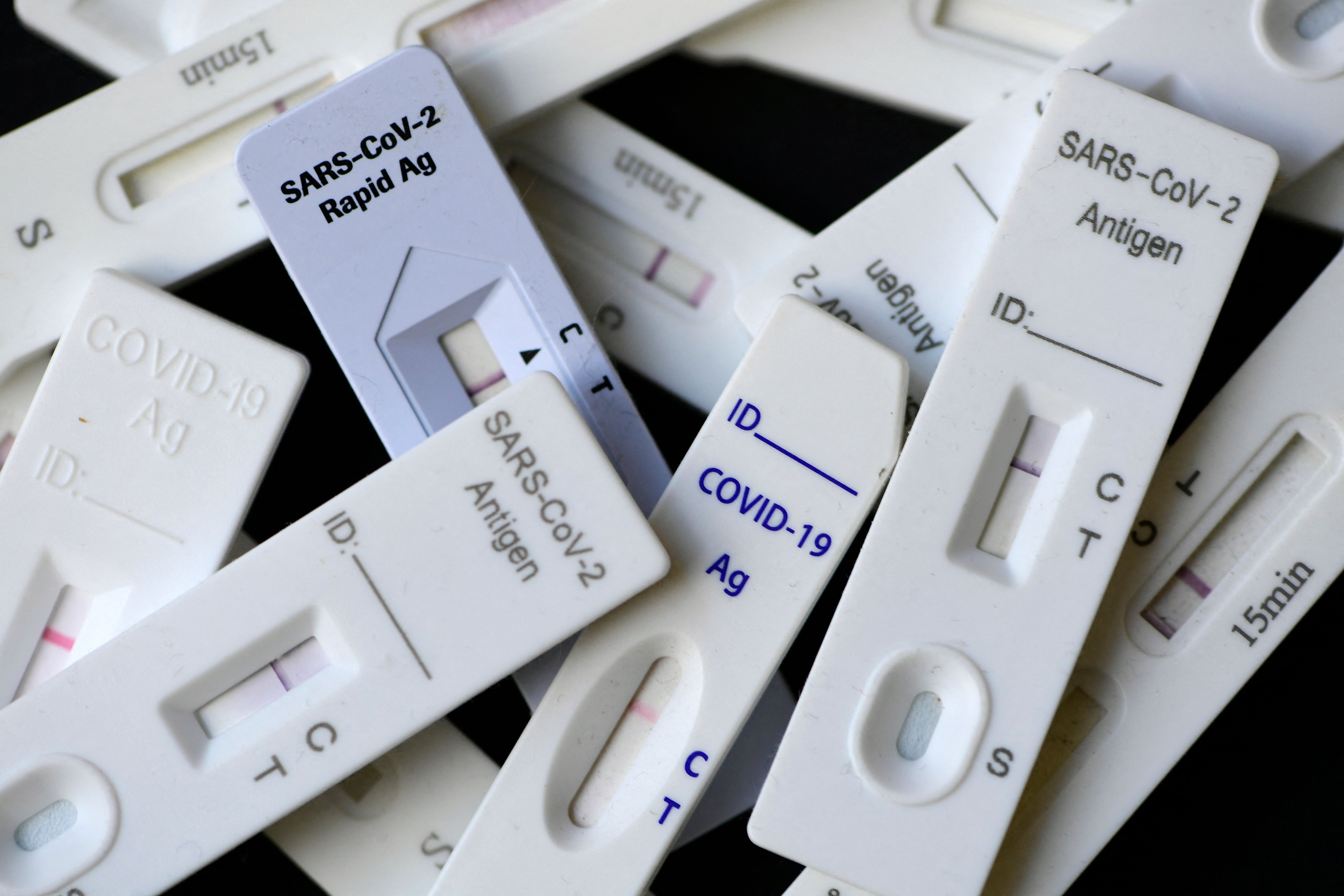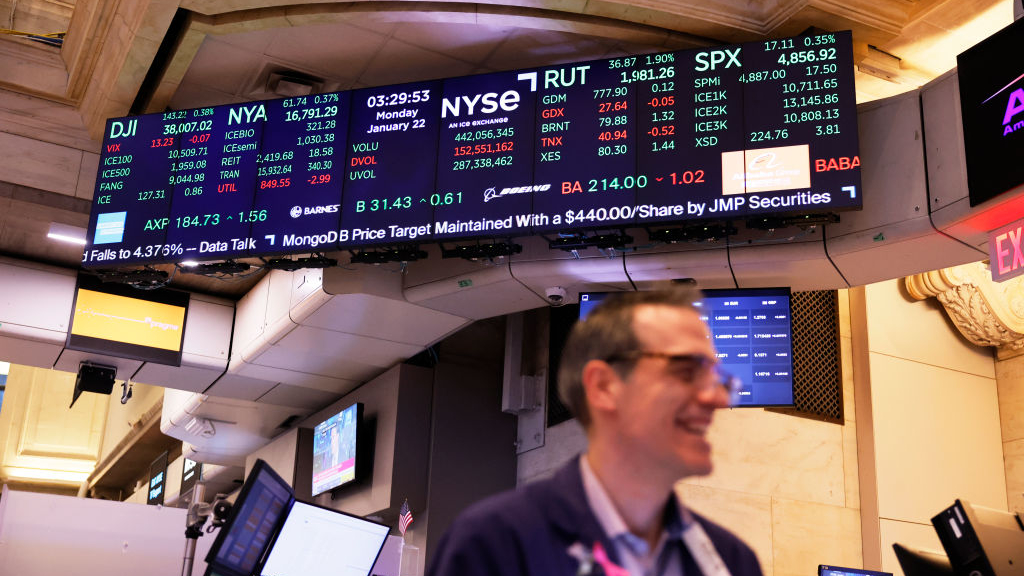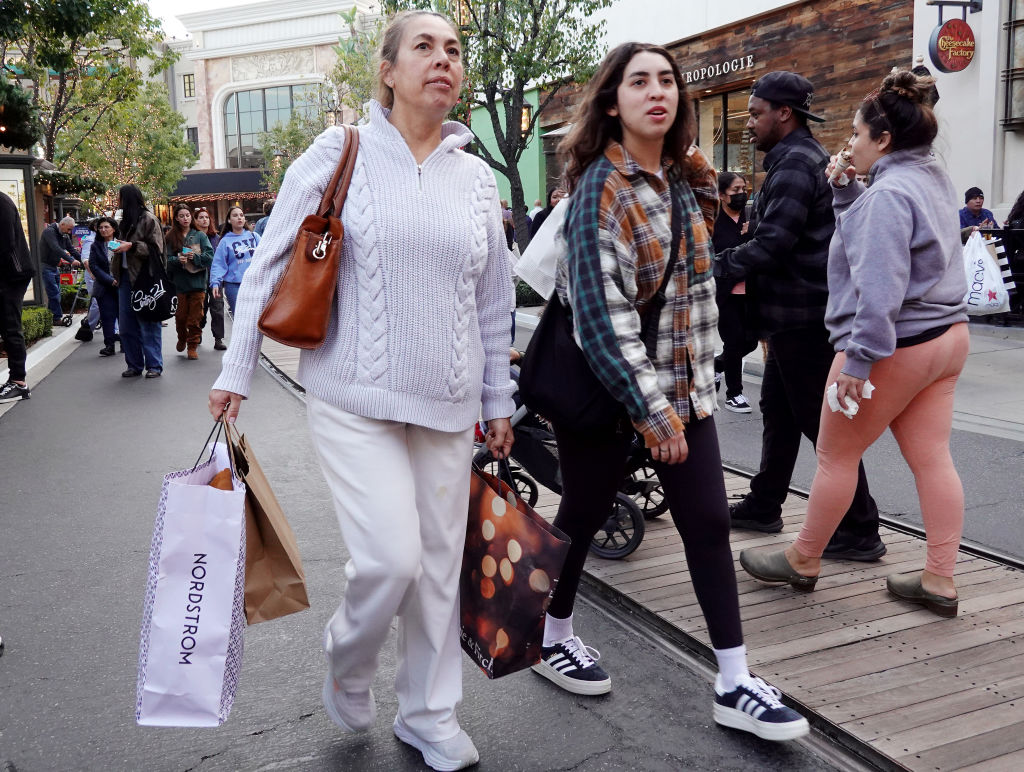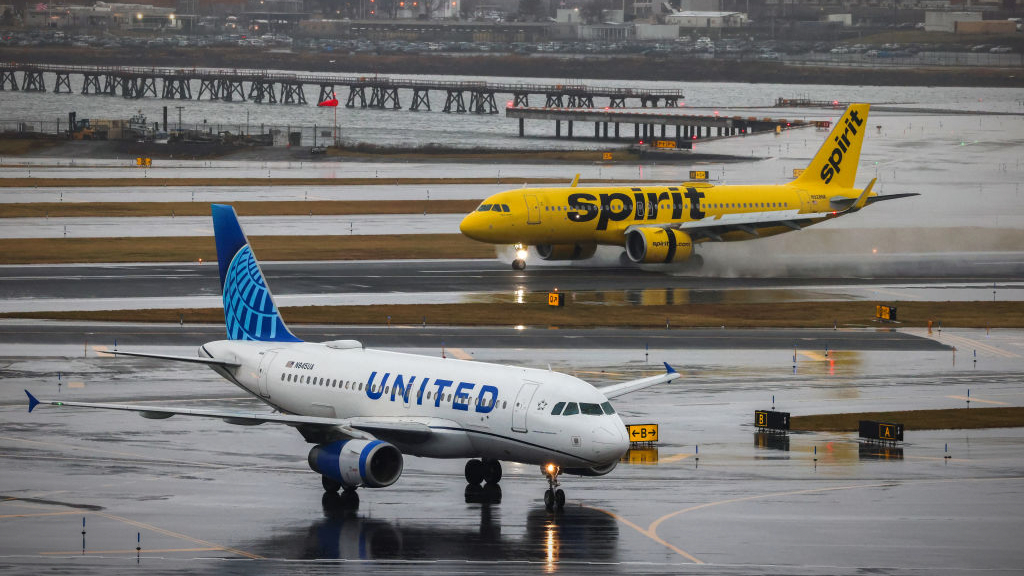The daily business briefing: September 12, 2022
Study finds COVID is still keeping 500,000 out of labor force, the Biden administration expands restrictions on chip shipments to China, and more


- 1. Study says COVID still keeping 500,000 out of work force
- 2. Biden administration expands restrictions on chip sales to China
- 3. Biden signs order to boost biotech production, research
- 4. Cargo delays loom as unions, railroads hit contract impasse
- 5. Stock futures rise after Wall Street snaps 3-week losing streak
1. Study says COVID still keeping 500,000 out of work force
COVID-19 is continuing to force about 500,000 people to stay out of the U.S. labor force, according to a study released Monday by economists Gopi Shah Goda of Stanford University and Evan J. Soltas of the Massachusetts Institute of Technology. Millions quit jobs during the pandemic. Some retired, some lacked child care, some feared infection. "If we stay where we are with COVID infection rates going forward, we expect that 500,000-person loss to persist until either exposure goes down or severity goes down," Soltas said. The labor force, a measure of those working or seeking employment, rose to 164.7 million in August, topping the February 2020 pre-pandemic level for the first time but falling short of where the U.S. labor force would have been.
2. Biden administration expands restrictions on chip sales to China
The Biden administration plans to expand restrictions on U.S semiconductor shipments to China, Reuters reported Sunday, citing several people familiar with the matter. The Commerce Department reportedly plans to confirm the policy, which applies to artificial intelligence and chipmaking tools, in new regulations, formalizing restrictions spelled out earlier this year in letters to KLA Corp., Lam Research Corp., and Applied Materials Inc. The letters ordered the companies not to send chipmaking equipment to Chinese semiconductor manufacturers that haven't obtained U.S. licenses. The rules also would formalize restrictions the Commerce Department established last month in letters telling Nvidia and Advanced Micro Devices to stop shipping some artificial intelligence computing chips to China.
The Week
Escape your echo chamber. Get the facts behind the news, plus analysis from multiple perspectives.

Sign up for The Week's Free Newsletters
From our morning news briefing to a weekly Good News Newsletter, get the best of The Week delivered directly to your inbox.
From our morning news briefing to a weekly Good News Newsletter, get the best of The Week delivered directly to your inbox.
3. Biden signs order to boost biotech production, research
President Biden on Monday signed an executive order launching an initiative encouraging U.S. biotech production and research. Later Monday, Biden plans to discuss how biotech can help fight cancer in remarks at the John F. Kennedy Presidential Library in Boston. On Wednesday, the Biden administration will announce investments by several federal agencies. The effort will encourage biomanufacturing production in the pharmaceutical, agriculture, plastics, and energy industries. The initiative is the administration's latest attempt to boost domestic industry. Last month, Biden signed bipartisan legislation providing $52 billion to subsidize domestic semiconductor production and research.
4. Cargo delays loom as unions, railroads hit contract impasse
Two unions said Sunday some major U.S. freight railways are halting some cargo shipments to increase their leverage ahead of this week's deadline to finalize new labor agreements. The railroads late last week announced they would halt shipments of hazardous and toxic materials beginning on Monday due to safety concerns in the event of a strike. The unions, which represent nearly 60,000 workers, have until midnight Friday to reach tentative deals with the railroads, which include Union Pacific, Berkshire Hathaway's BNSF, CSX, and Norfolk Southern.
A free daily email with the biggest news stories of the day – and the best features from TheWeek.com
5. Stock futures rise after Wall Street snaps 3-week losing streak
U.S. stock futures rose early Monday as investors awaited key inflation data being released this week. Futures tied to the Dow Jones Industrial Average were up 0.4 percent at 6:30 a.m. ET. S&P 500 and Nasdaq futures were up 0.5 percent. All three of the major U.S. indexes rose last week, snapping three-week losing streaks. The Dow and the S&P 500 gained 2.7 percent and 3.7 percent, respectively. The tech-heavy Nasdaq rose 4.1 percent. Volatility is continuing ahead of the Federal Reserve's September meeting, which is expected to end with the central bank's third straight 0.75 percentage point interest-rate hike to fight high inflation. The latest major inflation measure, the August consumer price index, comes out Tuesday.
CNBC Investor's Business Daily
Harold Maass is a contributing editor at The Week. He has been writing for The Week since the 2001 debut of the U.S. print edition and served as editor of TheWeek.com when it launched in 2008. Harold started his career as a newspaper reporter in South Florida and Haiti. He has previously worked for a variety of news outlets, including The Miami Herald, ABC News and Fox News, and for several years wrote a daily roundup of financial news for The Week and Yahoo Finance.
-
 Political cartoons for January 17
Political cartoons for January 17Cartoons Saturday’s political cartoons include hard hats, compliance, and more
-
 Ultimate pasta alla Norma
Ultimate pasta alla NormaThe Week Recommends White miso and eggplant enrich the flavour of this classic pasta dish
-
 Death in Minneapolis: a shooting dividing the US
Death in Minneapolis: a shooting dividing the USIn the Spotlight Federal response to Renee Good’s shooting suggest priority is ‘vilifying Trump’s perceived enemies rather than informing the public’
-
 The daily business briefing: January 24, 2024
The daily business briefing: January 24, 2024Business Briefing The S&P 500 sets a third straight record, Netflix adds more subscribers than expected, and more
-
 The daily business briefing: January 23, 2024
The daily business briefing: January 23, 2024Business Briefing The Dow and S&P 500 set fresh records, Bitcoin falls as ETF enthusiasm fades, and more
-
 The daily business briefing: January 22, 2024
The daily business briefing: January 22, 2024Business Briefing FAA recommends inspections of a second Boeing 737 model, Macy's rejects Arkhouse bid, and more
-
 The daily business briefing: January 19, 2024
The daily business briefing: January 19, 2024Business Briefing Macy's to cut 2,350 jobs, Congress averts a government shutdown, and more
-
 The daily business briefing: January 18, 2024
The daily business briefing: January 18, 2024Business Briefing Shell suspends shipments in the Red Sea, December retail sales beat expectations, and more
-
 The daily business briefing: January 17, 2024
The daily business briefing: January 17, 2024Business Briefing Judge blocks JetBlue-Spirit merger plan, Goldman Sachs beats expectations with wealth-management boost, and more
-
 The daily business briefing: January 16, 2024
The daily business briefing: January 16, 2024Business Briefing Boeing steps up inspections on 737 Max 9 jets, Zelenskyy fights for world leaders' attention at Davos, and more
-
 The daily business briefing: January 12, 2024
The daily business briefing: January 12, 2024Business Briefing Inflation was slightly hotter than expected in December, Hertz is selling a third of its EVs to buy more gas cars, and more
